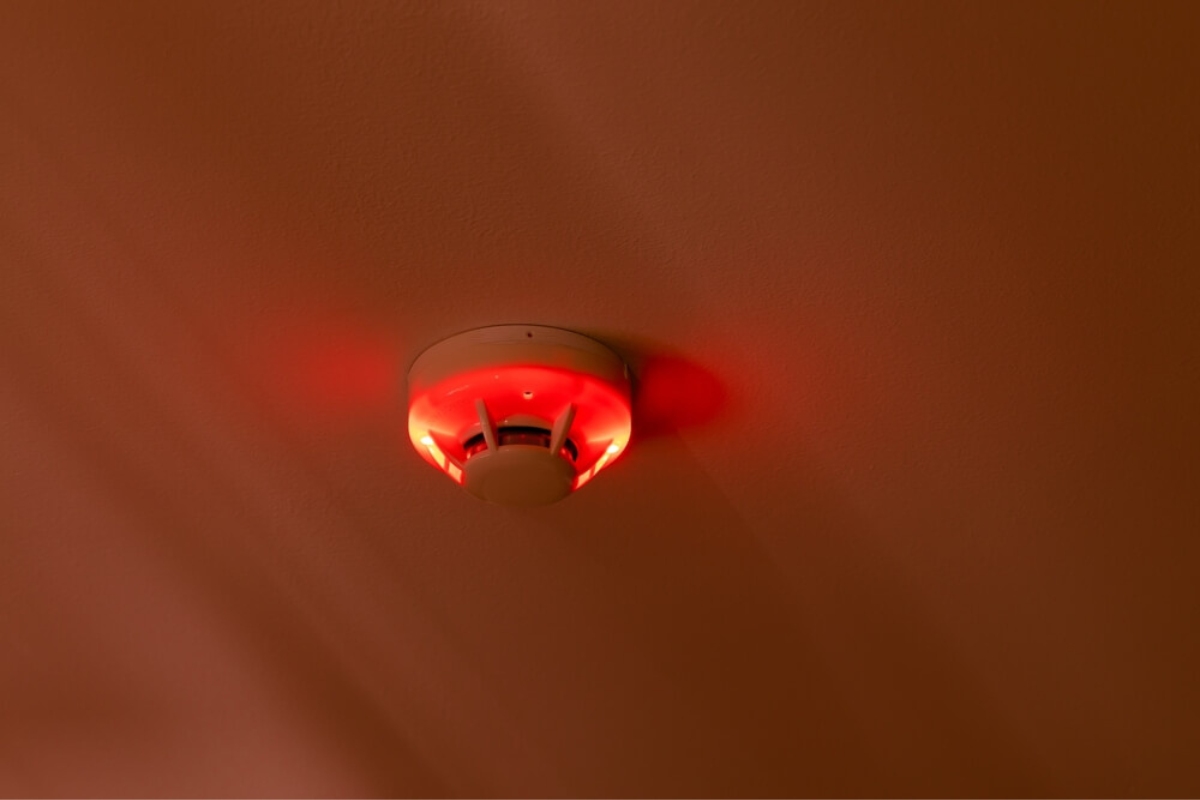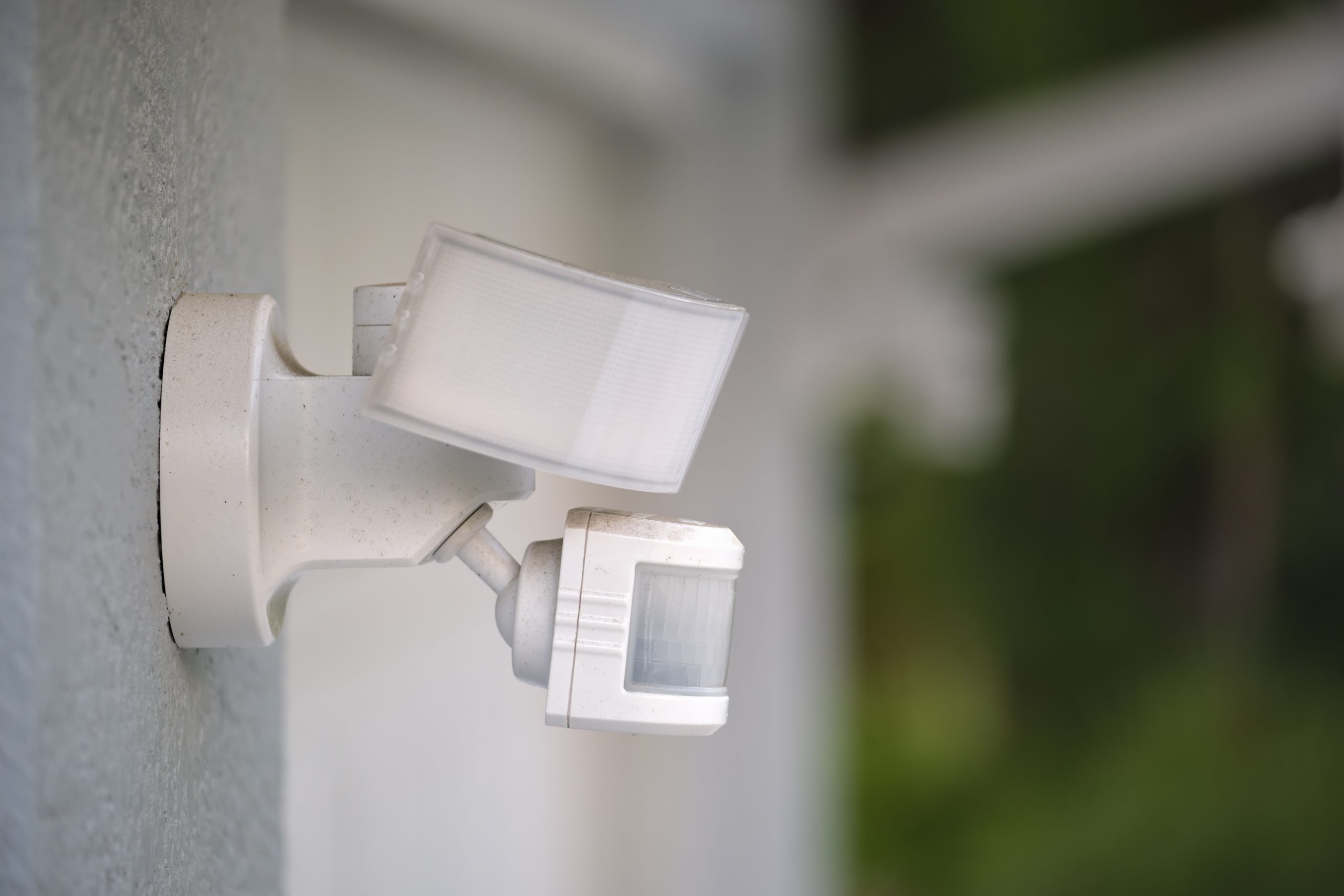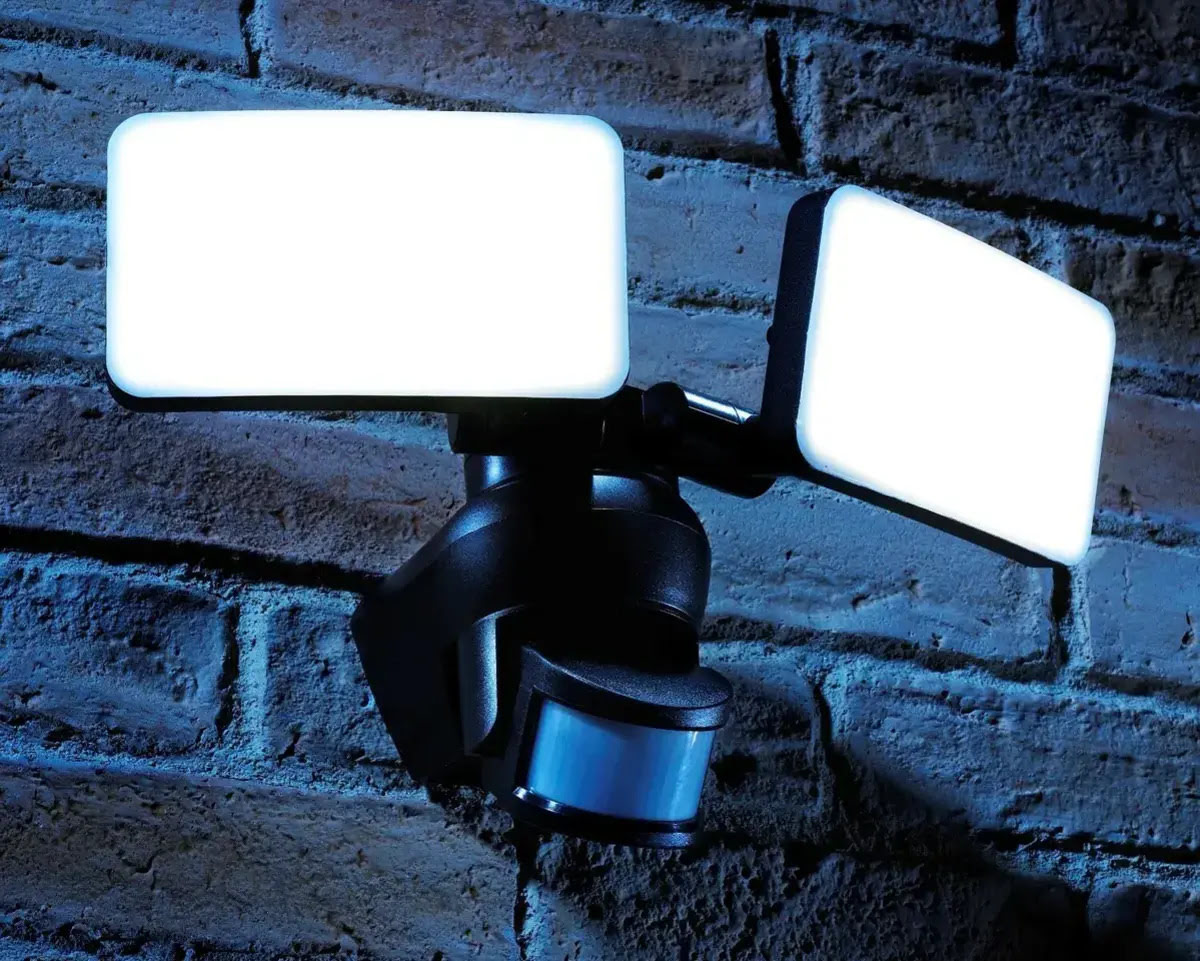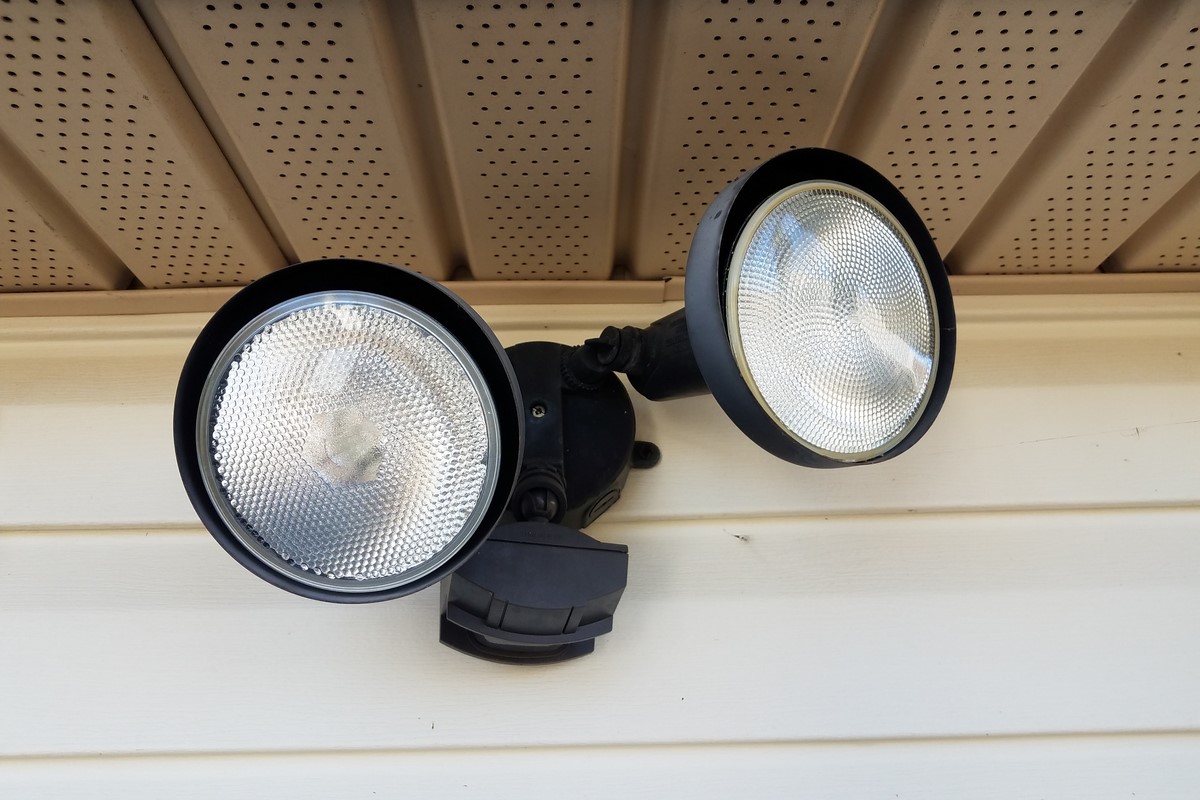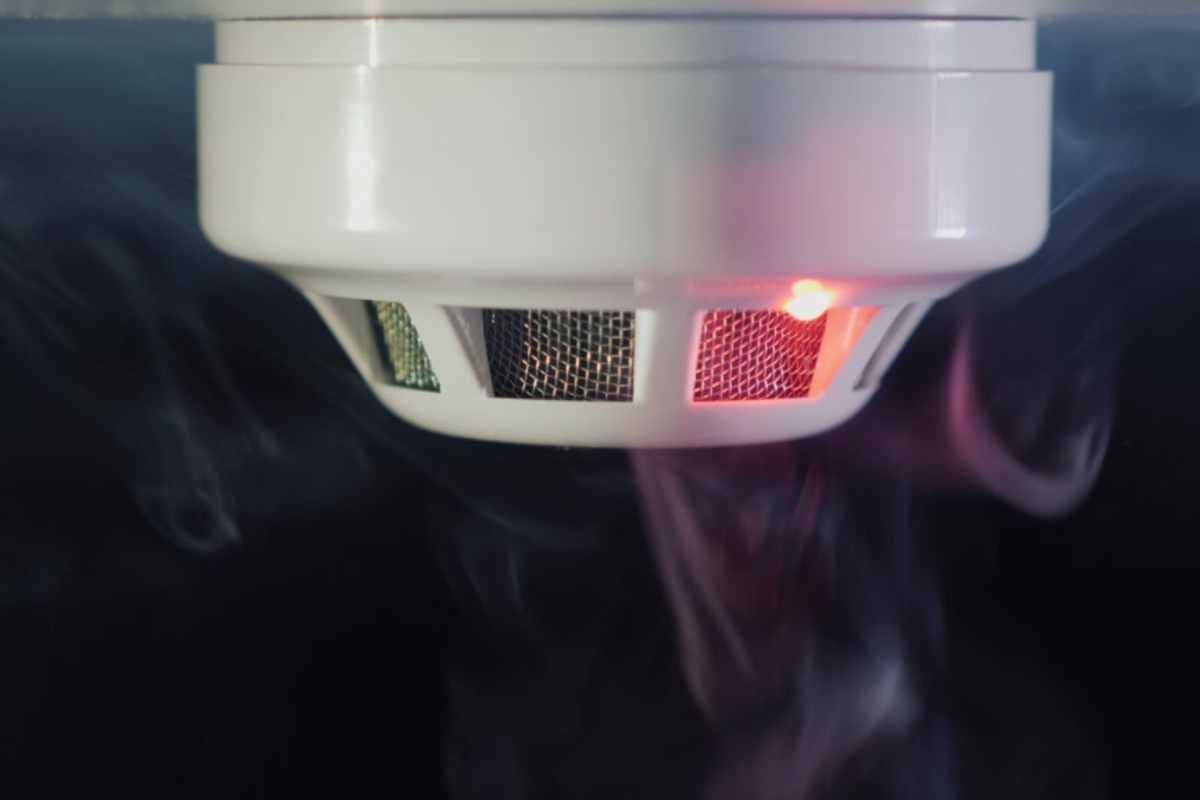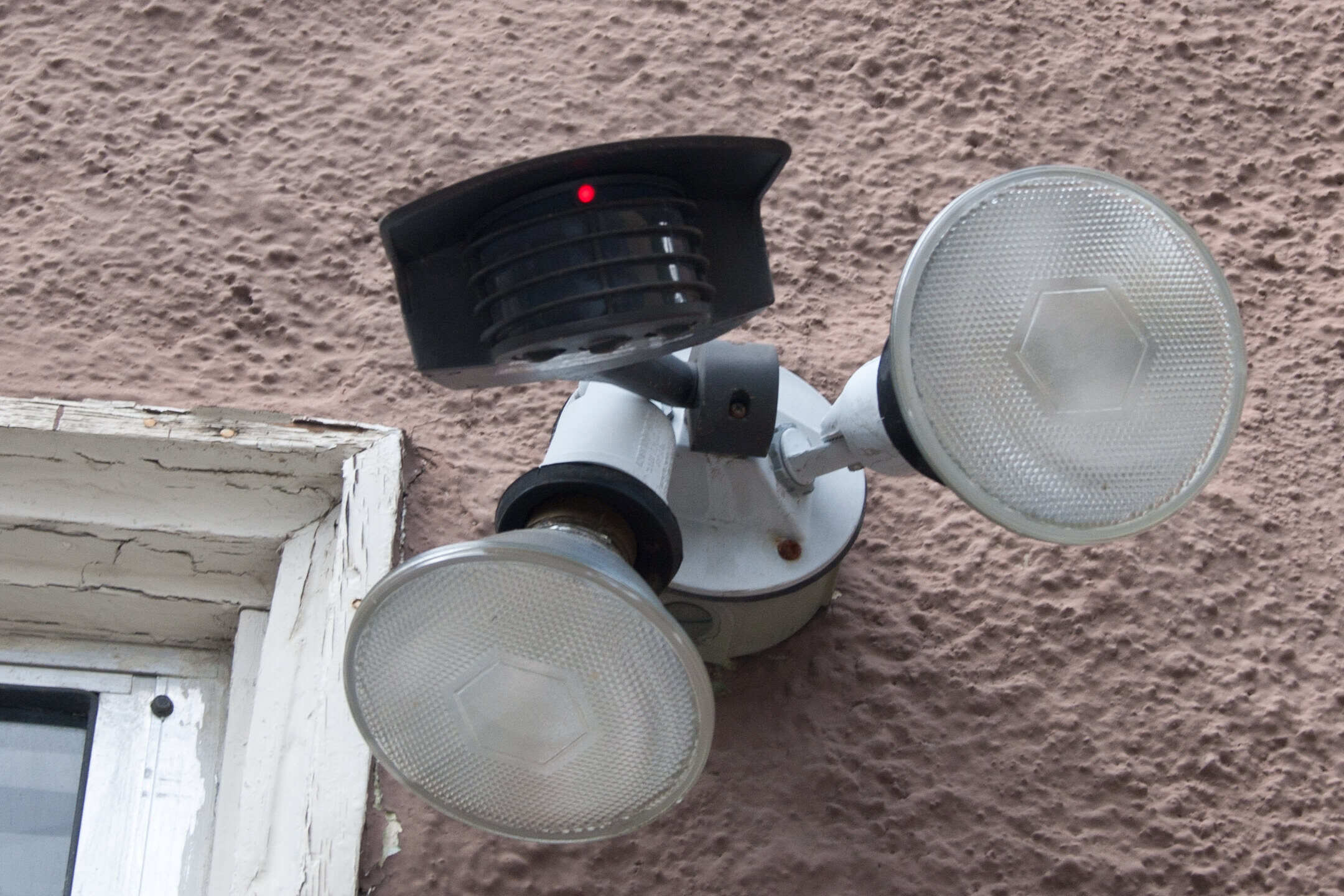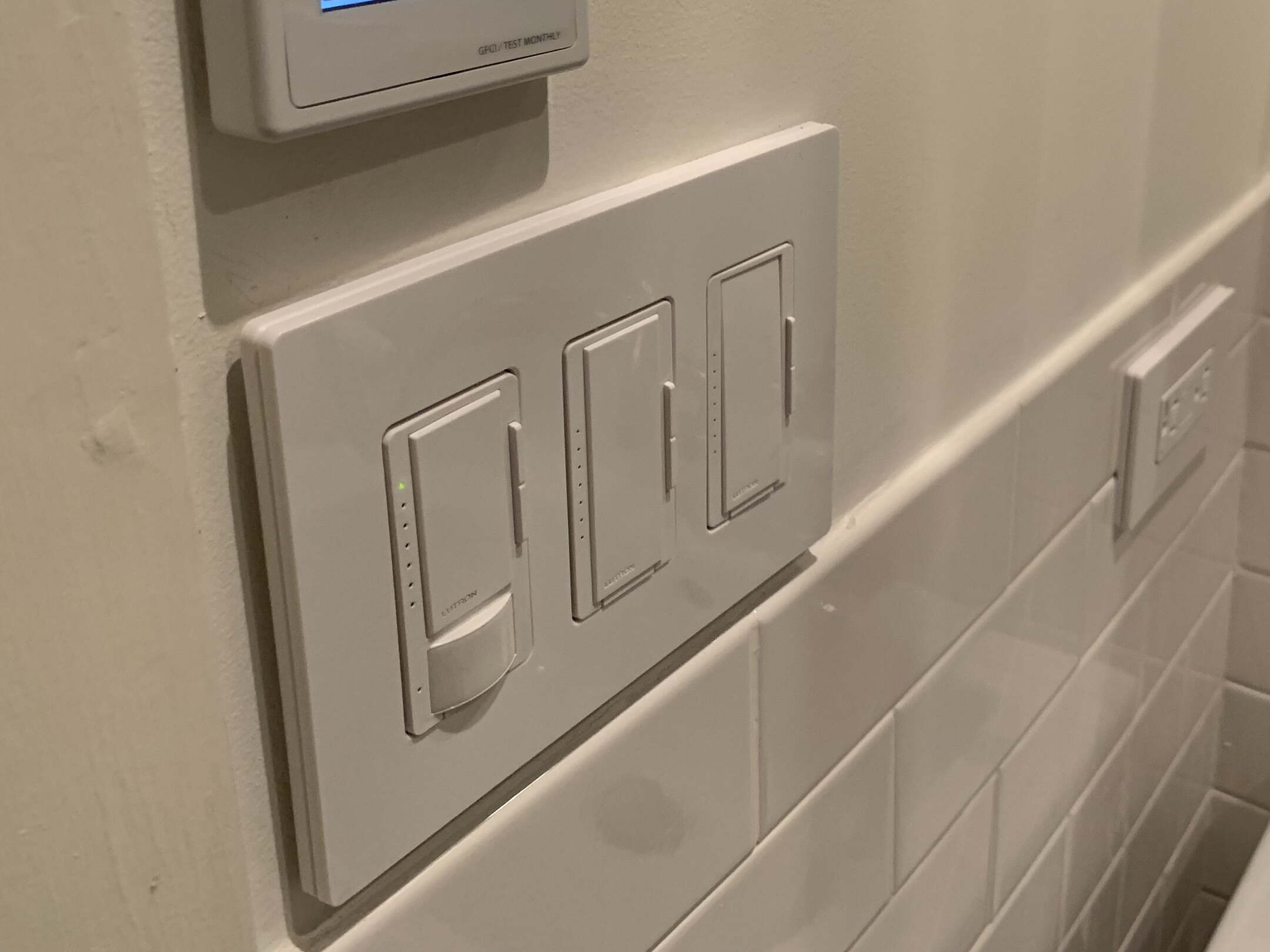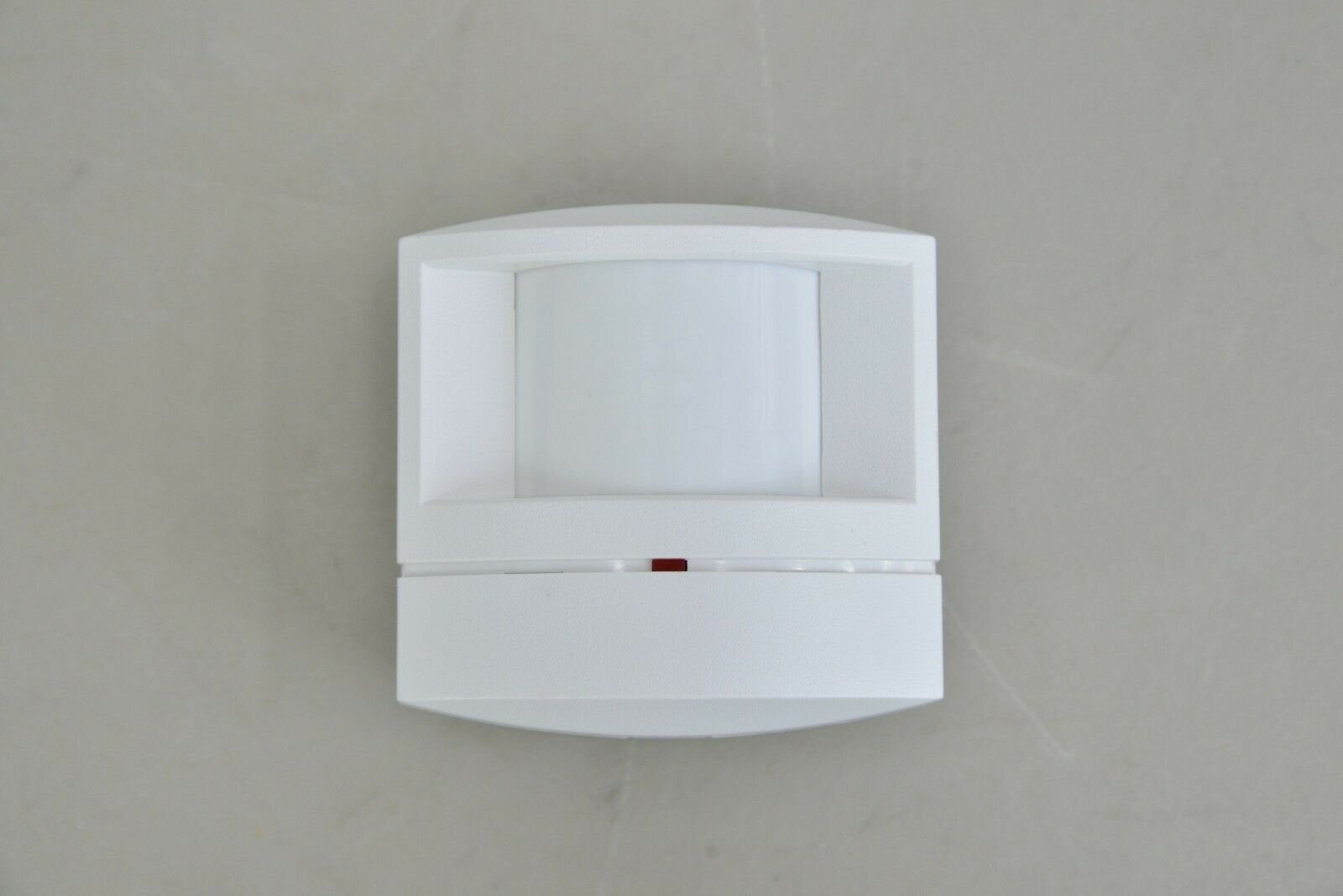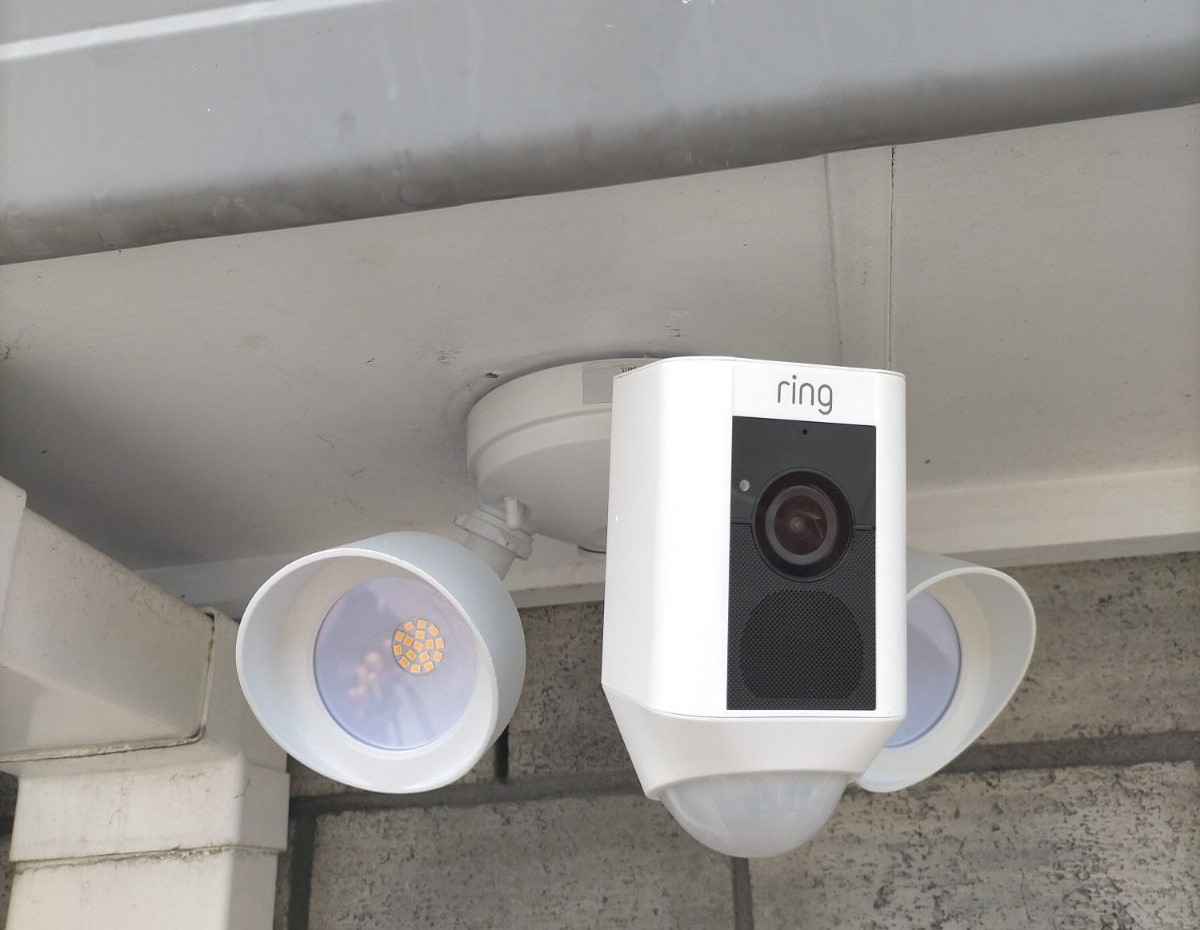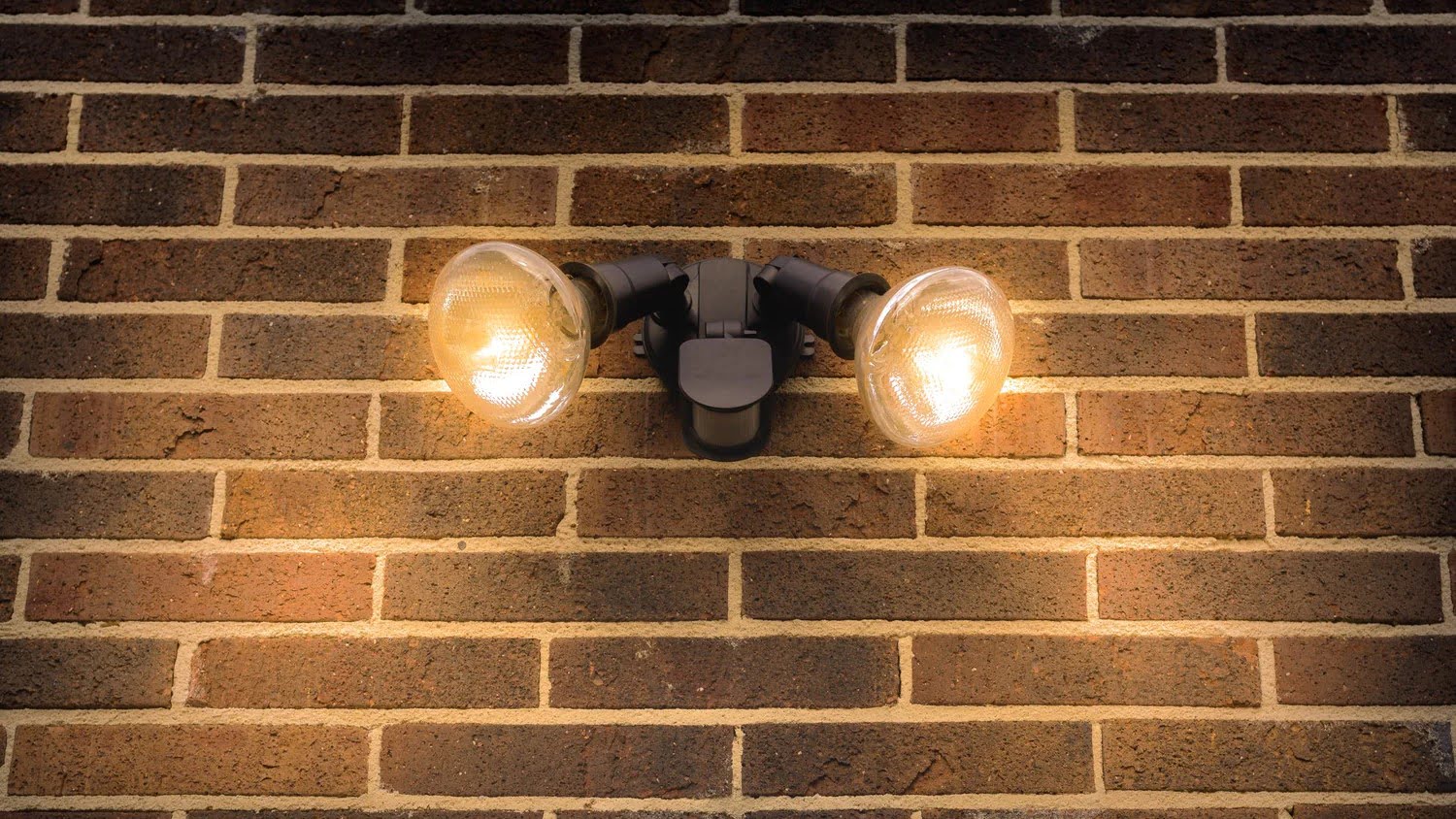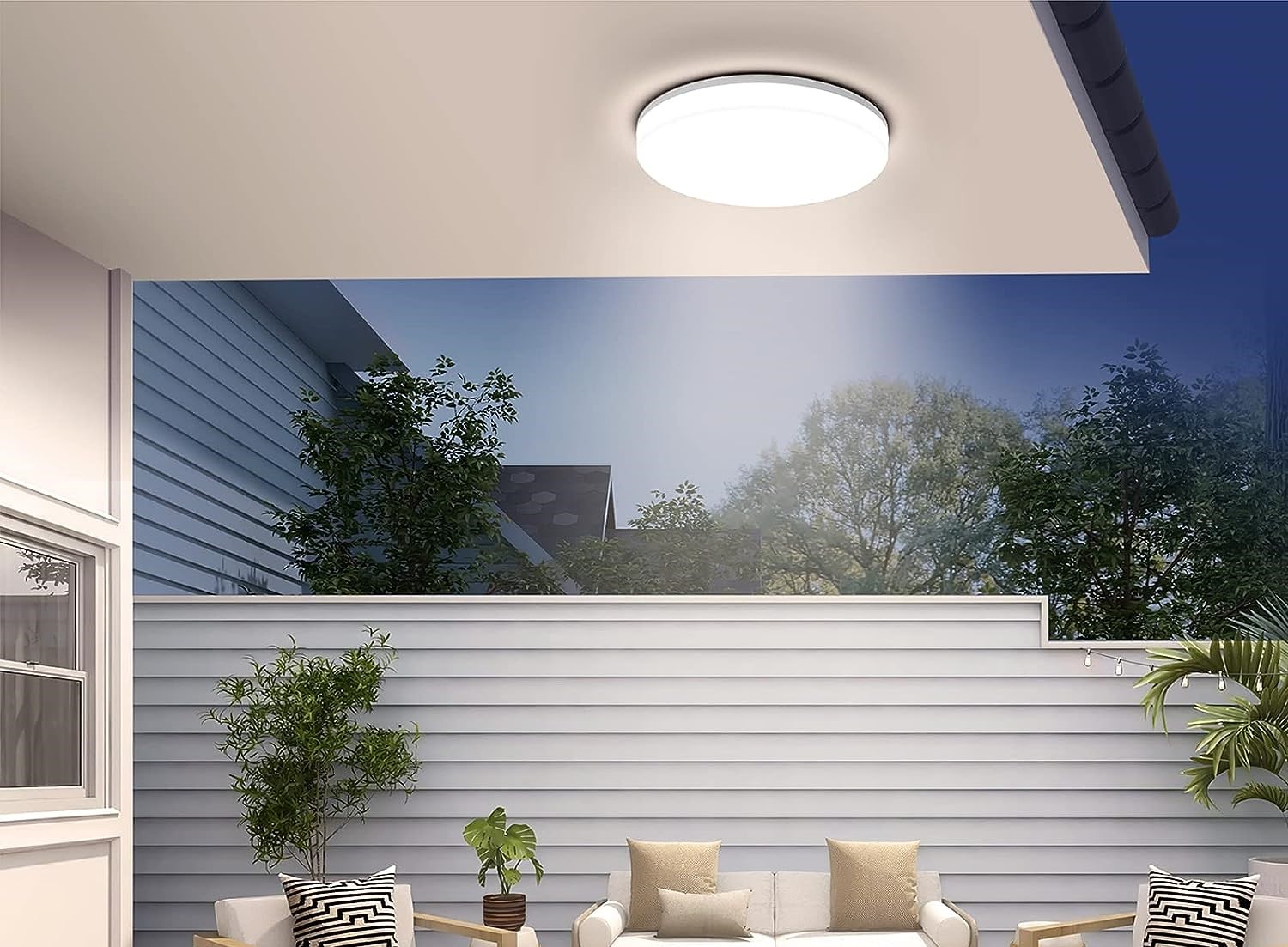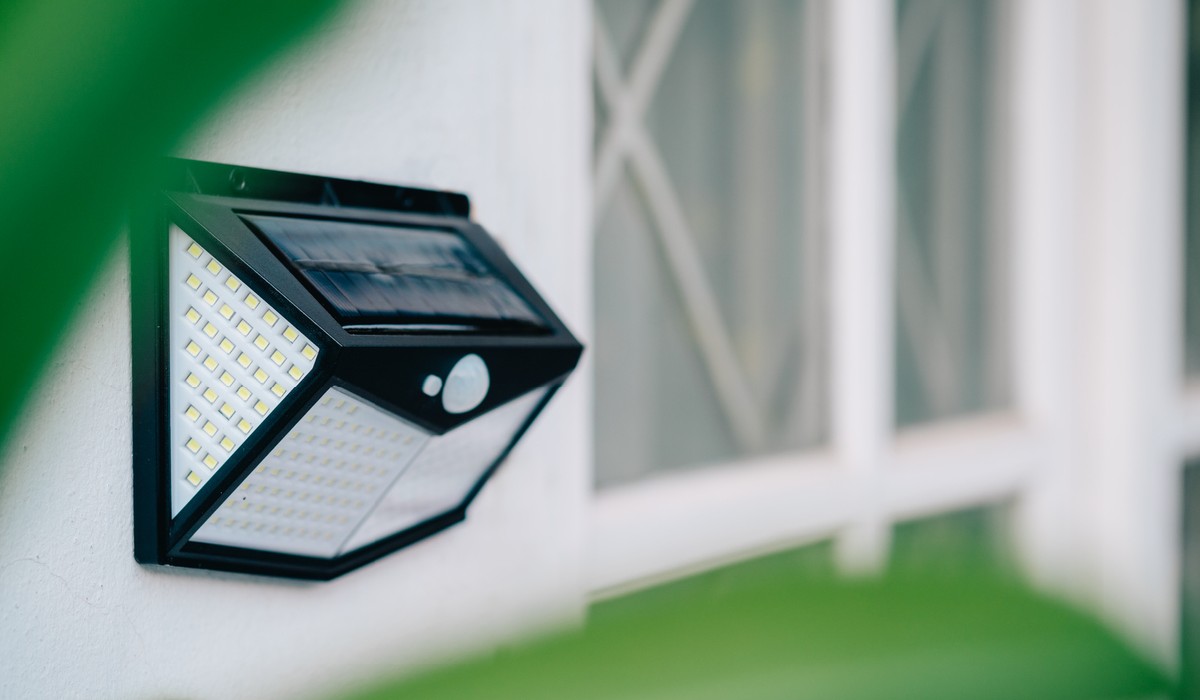Home>Home Security and Surveillance>What Does LUX Mean On Motion Detector Lights?
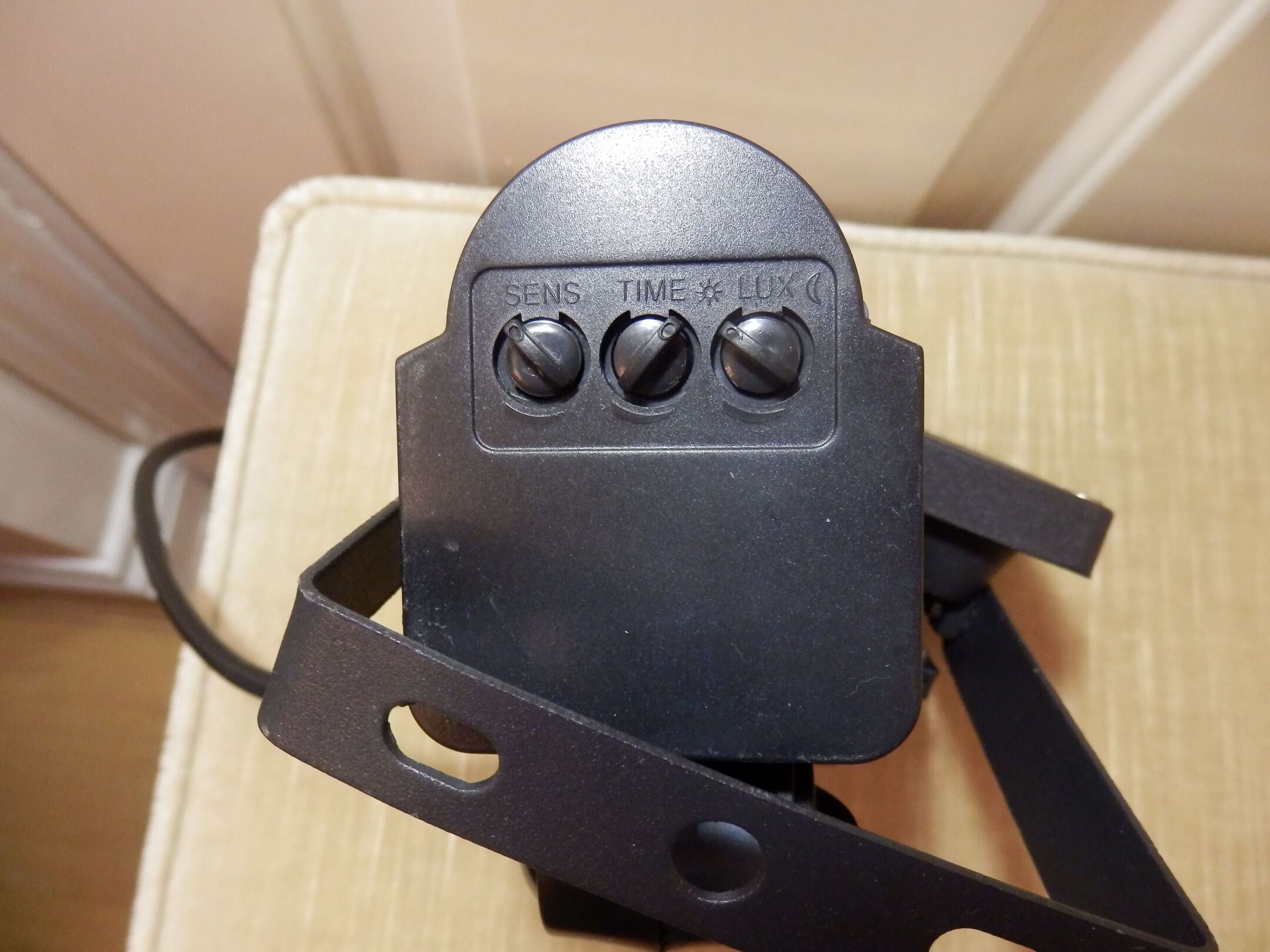

Home Security and Surveillance
What Does LUX Mean On Motion Detector Lights?
Modified: March 6, 2024
Discover what LUX means on motion detector lights and how it relates to your home security and surveillance. Enhance your safety and find the perfect lighting solution.
(Many of the links in this article redirect to a specific reviewed product. Your purchase of these products through affiliate links helps to generate commission for Storables.com, at no extra cost. Learn more)
Introduction
Welcome to the world of home security and surveillance! Keeping our homes safe and protected is a top priority for many homeowners, and one of the most effective ways to accomplish this is by installing motion detector lights. These lights provide an added layer of security by illuminating our surroundings when motion is detected, deterring potential intruders and ensuring the safety of our property.
However, when it comes to motion detector lights, you may have come across the term “LUX” and wondered what it means. Fear not, for in this article, we will explore the significance of LUX in motion detector lights, its importance, and how it affects the overall functionality of these security devices.
So, let’s dive right in and unravel the mystery of LUX on motion detector lights!
Key Takeaways:
- LUX on motion detector lights measures sensitivity. Lower LUX means more sensitivity in low light, while higher LUX requires more light to activate. Adjusting LUX helps save energy and enhance security.
- Adjusting LUX levels is crucial for optimal security coverage. Factors like ambient light, location, and personal preference influence the ideal LUX setting. Experimenting with LUX levels ensures effective motion detection.
Understanding Motion Detector Lights
Motion detector lights, also known as motion sensor lights or motion-activated lights, are a type of security lighting that automatically turns on when they detect movement within their range. These lights are designed to enhance home security by providing illumination in areas such as driveways, entryways, and backyard spaces, where potential intruders may try to hide.
Motion detector lights consist of several components, including a sensor, a light source (usually an LED bulb), and a control switch. The sensor is the key element of these lights, as it is responsible for detecting motion in its coverage area and triggering the light to turn on.
When motion is detected, the sensor sends a signal to the control switch, which activates the light source. This sudden burst of light not only alerts homeowners to the presence of someone or something in their property but also acts as a deterrent, discouraging intruders from proceeding further.
Now that we have a basic understanding of motion detector lights, let’s explore the concept of LUX and how it relates to these security devices.
What is LUX?
LUX is a unit of measurement used to quantify the amount of illuminance or light intensity in a specific area. It represents the amount of light that falls on a surface per unit of area. In the context of motion detector lights, LUX is used to measure the brightness or sensitivity of the sensor.
Motion detector lights typically have a LUX setting that allows you to adjust the sensitivity of the sensor. This setting determines the level of ambient light required for the motion sensor to activate the light. The lower the LUX level, the more sensitive the sensor becomes, triggering the light even in low-light conditions. Conversely, a higher LUX level indicates that the sensor will only activate the light in brighter conditions.
For example, if you set the LUX level of your motion detector light to a low value, such as 2 LUX, it will be extremely sensitive and turn on even in very dim lighting. On the other hand, if you set the LUX level to a higher value, such as 10 LUX, the sensor will require more light intensity to activate the light.
Understanding the role of LUX is crucial as it allows you to customize your motion detector light’s sensitivity to match your specific needs and the environment in which it is installed.
But why is the LUX level so important? Let’s find out in the next section.
Importance of LUX in Motion Detector Lights
The LUX setting on motion detector lights plays a significant role in determining their effectiveness in detecting and responding to motion. Here are a few key reasons why LUX is important in motion detector lights:
- Customizable Sensitivity: The LUX setting allows you to adjust the sensitivity of the motion sensor according to your specific requirements. If you live in an area with minimal ambient light at night, setting a lower LUX level will make the sensor more sensitive, ensuring that even the slightest motion triggers the light. Conversely, if you have significant ambient light or want to avoid false activations caused by small movements like foliage swaying in the wind, you can set a higher LUX level.
- Energy Efficiency: By adjusting the LUX level, you can optimize the energy consumption of your motion detector light. If your light is constantly triggered due to a low LUX setting, it can lead to unnecessary energy usage. On the other hand, if the LUX setting is too high, the light may not activate when necessary, potentially compromising your home’s security. Finding the right balance ensures that the light turns on when required, conserving energy while maintaining sufficient security coverage.
- Enhanced Security: Setting the appropriate LUX level ensures that your motion detector light is responsive to actual threats. If the LUX level is too high, the light may not activate even when someone approaches your property, potentially leaving you vulnerable to intruders. Conversely, if the LUX level is too low, the light may trigger too frequently, leading to fewer actual alerts. Finding the optimal LUX setting ensures that the light responds effectively to motion, maximizing your home security.
- Adaptability to Surroundings: Different areas around your property may have varying ambient light conditions. By adjusting the LUX level, you can tailor the sensitivity of your motion detector light to suit specific locations. For example, if you have a light installed near a street lamp, you may want to set a higher LUX level to avoid unnecessary activations. Conversely, for darker areas, such as a secluded backyard, a lower LUX setting may be appropriate to detect any motion in low-light conditions.
Understanding the importance of the LUX setting in motion detector lights allows you to make informed decisions when configuring and optimizing your home security system. By customizing the sensitivity and energy efficiency of your motion detector lights, you can create a safer and more secure environment for your home.
Factors Affecting LUX Levels on Motion Detector Lights
Several factors come into play when determining the appropriate LUX level for motion detector lights. These factors can affect the overall functionality and sensitivity of the lights, and it’s essential to consider them when setting up your home security system. Here are some key factors that influence LUX levels:
- Ambient Light Conditions: The amount of existing light in the surroundings is a crucial factor in determining the LUX level. If your motion detector light is installed in an area with ample ambient light, such as a well-lit street, you may need to set a higher LUX level to avoid unnecessary activations. However, for areas with low light conditions, such as a backyard or a dimly lit entrance, a lower LUX level may be appropriate to ensure the light turns on when needed.
- Location and Environmental Factors: The physical location of your motion detector light can also impact the LUX level. For example, lights installed near trees or shrubs may require a lower LUX setting to avoid false activations caused by the movement of foliage. Similarly, lights installed in areas prone to frequent wildlife activity, such as raccoons or stray animals, may require a higher LUX level to distinguish between human and animal movement.
- Desired Security Coverage: The level of security coverage you desire also plays a role in determining the LUX level. If you want comprehensive coverage for your property, a lower LUX level may be beneficial, as it increases the sensitivity of the motion sensor and ensures every minor motion is detected. However, if you only want to monitor specific entry points or high-security areas, a higher LUX setting may be suitable to avoid unnecessary activations in less critical areas.
- Personal Preference: Finally, personal preference and individual requirements come into play when setting the LUX level. Every homeowner has unique needs, and fine-tuning the LUX setting allows you to customize the sensitivity of your motion detector lights based on your specific circumstances. It’s essential to find a balance that provides effective security while minimizing false activations.
Considering these factors and experimenting with different LUX levels allows you to optimize your motion detector lights for your particular environment. Adjusting the LUX setting can help maximize security coverage, minimize false alarms, and ensure your motion detector lights are tailored to your specific needs.
Read more: What Does Threshold Mean In Motion Detector
Adjusting LUX Settings on Motion Detector Lights
Adjusting the LUX settings on your motion detector lights is a straightforward process that allows you to customize the sensitivity and functionality of the lights to suit your specific needs. Here are the steps to adjust the LUX settings:
- Locate the LUX Adjustment Control: The LUX adjustment control is typically located on the motion sensor itself or on the control switch of the motion detector light. It may be labeled as “LUX,” “Sensitivity,” or something similar. Consult the user manual or check the manufacturer’s instructions to find the exact location of the LUX adjustment control for your specific model.
- Access the LUX Adjustment Control: Once you have located the LUX adjustment control, you may need to remove the cover or access panel to reach it. Use a screwdriver or follow the manufacturer’s instructions to safely open the housing of the motion detector light.
- Set the Desired LUX Level: Adjust the LUX control to set the desired sensitivity level for the motion sensor. Turning the control towards the “High” or “+” symbol will increase the LUX level, making the sensor less sensitive. On the other hand, turning it towards the “Low” or “-” symbol will lower the LUX level, increasing the sensor’s sensitivity.
- Test and Fine-tune: After adjusting the LUX setting, it’s important to test the motion detector light to ensure it functions as desired. Walk within the sensor’s range and monitor how the light responds to your movement. If the light turns on too frequently or fails to activate, you may need to further adjust the LUX setting until you find the optimal sensitivity level.
- Secure the Housing and Cover: Once you are satisfied with the LUX adjustment, securely replace the housing or cover of the motion detector light. Ensure that all screws or fasteners are tightened to prevent any water or debris from entering the unit.
It’s worth noting that different motion detector light models may have slight variations in the LUX adjustment process. Always refer to the manufacturer’s instructions provided with your specific model for accurate and detailed guidance on adjusting the LUX settings.
By customizing the LUX level, you can fine-tune the sensitivity of your motion detector lights to match your desired security coverage and the environmental conditions in which they are installed.
Common FAQs about LUX on Motion Detector Lights
1. What is the ideal LUX level for motion detector lights?
The ideal LUX level for motion detector lights varies depending on factors such as ambient light conditions, the desired security coverage, and personal preference. It is recommended to start with a moderate LUX level (around 5-8) and then adjust accordingly based on your specific needs and the environment in which the lights are installed.
2. Can I adjust the LUX level on my existing motion detector lights?
Most motion detector lights come with an adjustable LUX setting. However, not all models may have this feature. Consult the user manual or check with the manufacturer to determine if your existing motion detector lights can be adjusted. If they do not have an adjustable LUX setting, you may need to consider upgrading to a model that offers this feature.
Read more: What Does NC And C Mean In Motion Detector?
3. What should I do if my motion detector lights are triggering too frequently or not at all?
If your motion detector lights are activating too frequently, try increasing the LUX level to make the sensor less sensitive. On the other hand, if the lights are not activating at all, consider lowering the LUX level to increase the sensor’s sensitivity. It may require some trial and error to find the optimal LUX setting for your specific environment and security needs.
4. Can I adjust the LUX setting to avoid false activations caused by moving foliage?
Yes, adjusting the LUX setting can help minimize false activations caused by moving foliage. Setting a slightly higher LUX level can reduce the sensitivity of the sensor and help filter out minor movements caused by swaying trees or bushes. However, be careful not to set the LUX level too high, as it may reduce the effectiveness of the motion detector lights in detecting actual intrusions.
5. Do I need to adjust the LUX setting based on the time of day?
In most cases, motion detector lights are designed to automatically adjust their sensitivity based on the prevailing light conditions. However, if you notice that the lights are not responding appropriately during specific times of the day, you may consider adjusting the LUX setting accordingly to ensure optimal performance.
6. Can I use different LUX levels for different motion detector lights around my property?
Absolutely. You can adjust the LUX levels independently for different motion detector lights around your property. This allows you to customize the sensitivity of each light based on its location and the specific security requirements of that area.
It’s important to remember that these FAQs provide general guidance. Always refer to the user manual or consult with the manufacturer for specific instructions related to your motion detector lights.
The LUX setting on a motion detector light determines the level of darkness required for the light to turn on. A lower LUX setting means the light will turn on in darker conditions, while a higher setting means it will only turn on in brighter conditions. Adjust the LUX setting based on the specific lighting needs of the area.
Conclusion
Motion detector lights are an essential component of any home security system, offering enhanced protection and peace of mind. Understanding the concept of LUX and its impact on motion detector lights allows you to optimize their sensitivity, energy efficiency, and overall functionality.
The LUX setting on motion detector lights enables you to customize the sensitivity of the motion sensor based on ambient light conditions, personal preferences, and desired security coverage. By finding the right balance, you can ensure that the lights respond effectively to motion, minimizing false activations while providing optimal security coverage.
Factors such as ambient light conditions, location, and individual requirements influence the ideal LUX level for motion detector lights. Adjusting the LUX settings is a simple process that involves locating the LUX adjustment control, setting the desired sensitivity level, and fine-tuning as needed. By experimenting with different LUX levels and testing the lights, you can optimize their performance for your specific environment.
Keeping in mind common FAQs about LUX on motion detector lights can provide valuable insights and troubleshooting tips. Whether it’s adjusting the LUX level to avoid false activations or understanding the ideal LUX level for your lights, addressing these questions helps you make informed decisions and maximize the effectiveness of your home security system.
In conclusion, by harnessing the power of LUX in motion detector lights, you can enhance the security of your home and ensure a safer environment for you and your loved ones. So, tweak those LUX settings and enjoy the peace of mind that comes with a well-optimized motion detector light system!
Frequently Asked Questions about What Does LUX Mean On Motion Detector Lights?
Was this page helpful?
At Storables.com, we guarantee accurate and reliable information. Our content, validated by Expert Board Contributors, is crafted following stringent Editorial Policies. We're committed to providing you with well-researched, expert-backed insights for all your informational needs.
